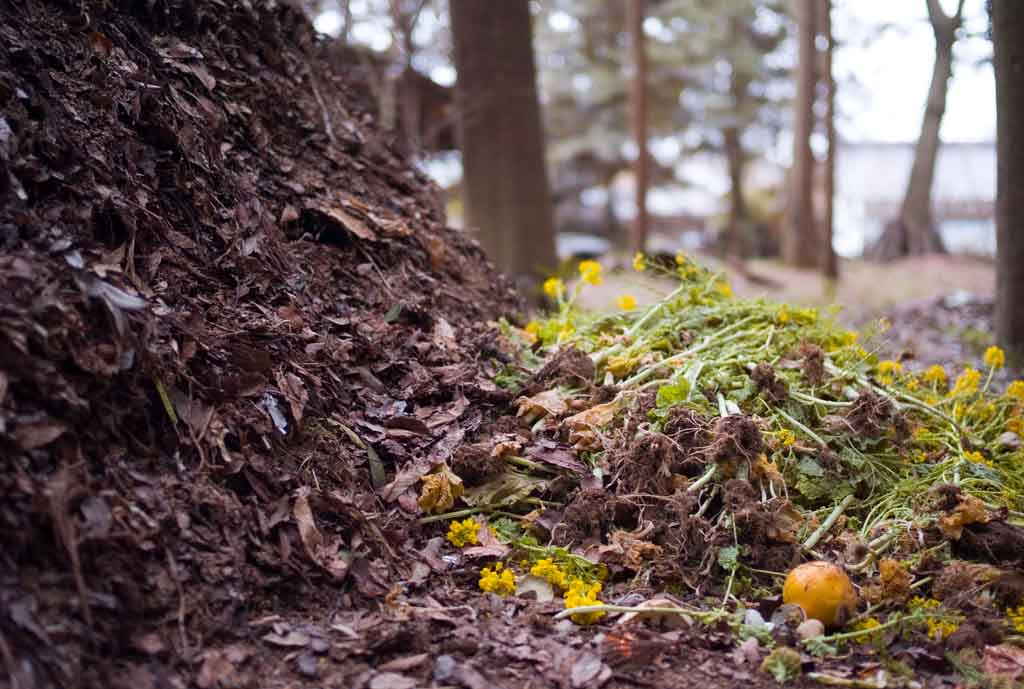Some crafty individuals are putting their compost piles to another good use – heating their homes.
Compost, besides making a wonderful garden fertilizer, gives off a lot of heat as it decays. Creative and green-minded homeowners can trap that heat and use it to warm their homes. It’s not that difficult or expensive a process, and there are many resources available online to help someone get started. The Compost Power Network, started in 2010, is a non-profit organization that assists people who are interested in designing combustion-free heating systems for their buildings or greenhouses. As long as you’re willing to be a “host site” to a training class where students can learn how to build a compost power system, you’d only need to cover the cost of the materials used in construction.
Compost Power, along with many do-it-yourself homeowners who are heating with compost, use something known as the “Jean Pain” method. It’s named for the French farmer and forester whose innovative work in using compost for energy allowed him to power his entire home using compost – both the heat produced by the decay of the biomass, and the methane gas produced by the bacteria inside. The method works best when the plant matter is mostly low in nitrogen and high in carbon, so wood chips and leaves are better than the type of kitchen scrap pile many of us think of when we think about compost.
Whatever the pile is made of, though, it will warm up: internal temperatures can reach higher than 140F. To use that heat, a loop coil heating system runs water through a coiled length of tubing that is buried deep within the compost mound. The water warms up as it goes through, and then continues through more pipes or tubes where it can radiate that heat back into the environment and warm the space.
University of Vermont Greenhouse Compost Initiative
Students at the University of Vermont (UVM), as part of a sustainability initiative, designed a system for heating one of their greenhouses using the heat from the compost piles that already existed there. The UVM campus is home to several greenhouses that allow the school’s horticultural and entomological research to continue year-round despite New England’s cold climate. Even though greenhouses capture the sun’s heat by design, a Vermont winter is cold enough that the greenhouses still require supplemental heat in order to keep the internal temperature stable for the plants and experiments within.
The students used a mixture of wood chips and shavings, sawdust, and dairy manure for their compost pile. Polyethylene tubing wove through the pile and then ran under the greenhouse’s seed beds, warming them from below. Continuous monitoring of the internal temperature of their compost mound found that it reached as high as 117F. In the end, it wasn’t quite enough to keep the greenhouse warm through the winter, possibly because pumping the heat from the compost cooled its internal temperature too much for the organisms to survive and continue the decay process. There are plans to build a phase II design, improving on its heat retention and delivery system.
